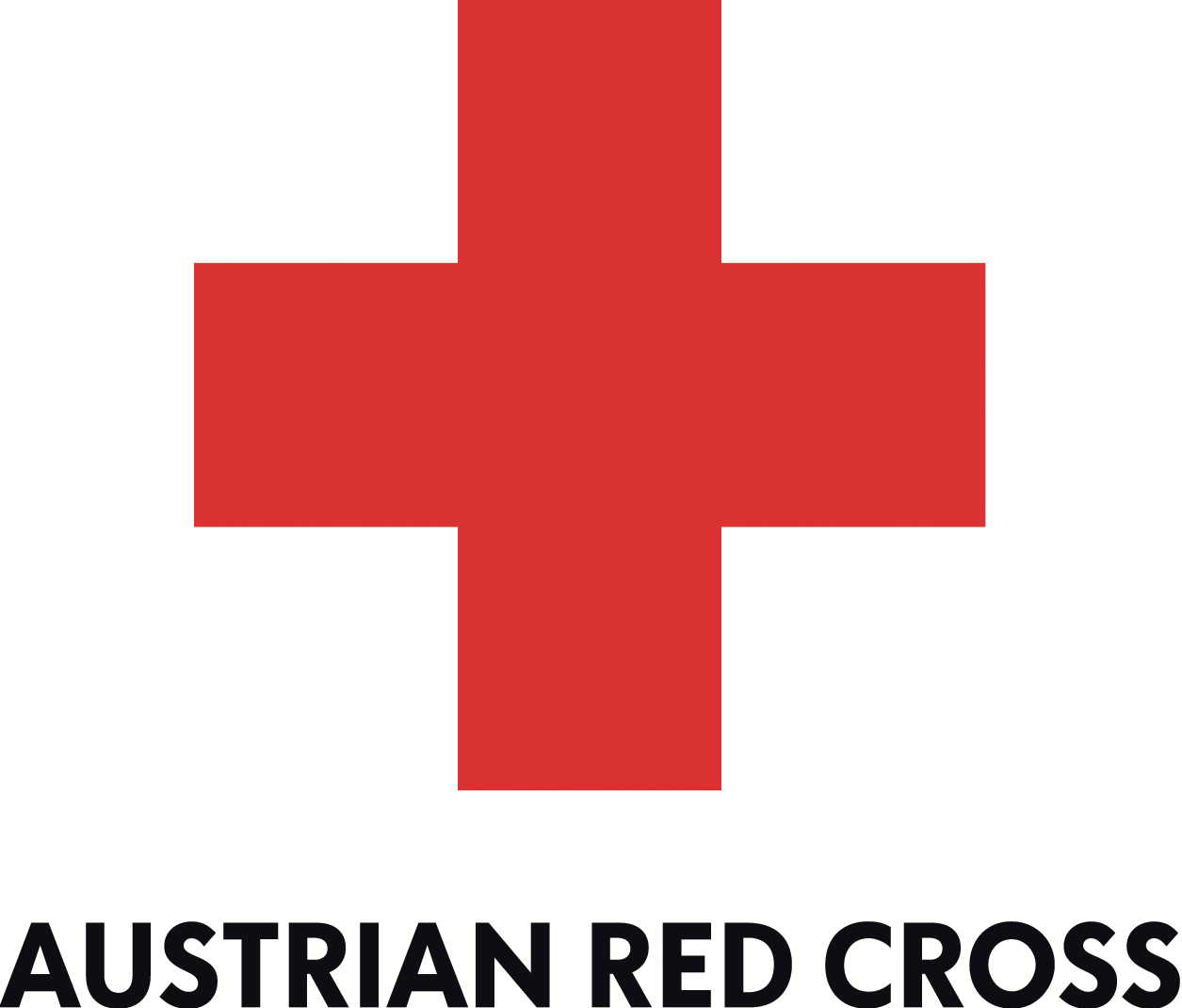By: Francoise Bouchet-Saulnier, International Legal Director, Médecins Sans Frontières
International law in tomorrow’s wars
When looking at tomorrow’s wars and tomorrow’s challenges, it is useful to pay deeper attention to what is already at play at the present time that will further develop and frame the future. It is also essential to wonder, with a critical eye, what is actually new and what is old and familiar but cloaked in new robes in current situations of conflict. War, being a constant in the history of mankind, means that most situations have already materialized in the past. The basic challenges and dilemmas of the management of conflicts remain unchanged. The principles developed by International Humanitarian Law remain the sole and least-worst framework to address the responsibilities of the parties to the conflict in their use of armed force as well as the ability of victims of conflict to survive through humanitarian and medical assistance.
However, these principles are under attack in some of the current doctrinal developments in the war against terrorism. Rather than sticking to the age-old principles of International Humanitarian Law (IHL) and updating the letter of the law with usual legal reasoning based on good faith, analogy, the spirit of the text and the intent of its drafters, a number of prominent states have attempted to drain IHL of its protective content by outrageous over restrictive interpretations of the wording of IHL provisions. In such interpretations, the defense of state’s safety abolishes the protection of the non-combatant.
This trend is further aggravated by a criminal based reading and interpretation of IHL, leading some to consider that everything that is not strictly defined as prohibited is lawful. This once again contradicts the spirit and letter of IHL that is aimed at adapting to changing contexts and evolutions of armed conflict as well as ensuring that all situations and persons are covered, including by ultimately relying on the well-known Marten’s clause.
Such perverse approaches to IHL have led to the deliberate creation of legal “black holes” concerning the conduct of hostilities, the protection of civilians and those ‘out of combat’ (hors de combat) and more generally in regards to the status of humanitarian and medical assistance to victims of conflict.
Considering that Non-International Armed Conflicts (NIAC) between States and designated “terrorist” individuals and groups form an increasing pattern in today’s asymmetrical conflicts, IHL can only be “future proof” if we act now on 4 key challenges. This notably requires questioning the very merit of debating the relevance of IHL to today’s conflict when no alternative has been put on the table. Who, among the futurologist legal and technological experts will dare to say that we are just going to give up or do away with the very notion of protection and assistance to civilians and victims of conflict?
1) The asymmetry of conflict is and will remain a pattern notably in Non-International Armed Conflicts (NIAC) between states opposing a non-state party to the conflict. The fact that the non-state party to the conflict is qualified as “terrorist” and criminalized by the state is as old as war itself and is by no means a new phenomenon. However, the worldwide proliferation of the counter-terrorism doctrine over the past year, poses a fatal risk to IHL in NIAC. They feed an all-out security driven approach that is defeating IHL principles to its very core- the right of victims of conflicts to medical and humanitarian assistance. The IHL principle of distinction between civilians and combatants is now transformed into a criminal distinction between “innocent” and “criminal suspect”; the duty to provide humanitarian and medical assistance to all victims of conflict is now transformed into an offense of material support to terrorism. The fact that counter-terrorism is de facto prevailing over IHL leads to the deprivation of assistance essential to the survival of the population living in territory under the control of non- state armed groups. It is not a plain coincidence that hospitals have been attacked by numerous states in contexts of NIAC. Overzealous use of counter-terrorism measures essentially puts us back in a pre-Solferino time where there is no clear consensus on the protected status of wounded combatants from armed opposition groups. The impact of such ambiguity extends to the fate of all civilians living in areas under the control of such groups and to the protected status of humanitarian and medical assistance.
2) There is no alternative to IHL in terms of assistance to and protection of victims of conflict.
This means that States must make IHL legally effective at both national and international levels via two means:
‒ Ratification of the Additional Protocols to the Geneva Conventions is a fundamental issue of the effectiveness of IHL notably in NIAC. In NIAC, IHL is often largely undermined by the criminalization of the non-state party to the conflict under domestic criminal and counter-terrorism regulations. This criminalization of the non-state party to the conflict also leads to the criminalization of those providing humanitarian and medical assistance to populations living in territories under the control of these non-state armed groups. There is almost no legal leeway to oppose this trend in countries that have not ratified Additional Protocol II as exemplified by the war in Syria.
‒ Humanitarian and medical exemptions must be included in all counter-terrorism and criminal regulations as part of the proper implementation of IHL into domestic law.
3) The scale of humanitarian needs will continue growing in the future as will the vulnerability of victims of conflict notably due to urban warfare and the fact that most of humanity now live in cities. Reinforcing IHL interpretation and implementation regarding the conduct of hostilities in cities and the protection of goods and services essential for the survival of the population must go hand-in-hand with increasing the capacity of impartial humanitarian assistance. The current alternative is assistance to the population being turned into a fully-fledged weapon of war by both parties to the conflict.
4) New technology will not make war cleaner or safer. Technology is neutral by nature however it is already part of the problem as much as it is part of the solution. New technology heralds the idea of autonomous weapons. But we are already standing at the door of semi-autonomous targeting process
es even for human operated weapons. For instance, electronic intelligence is already widely used in the targeting process in many situations of conflict. This intelligence is obtained through special algorithms developed around ‘patterns of life’. They largely contribute to the pattern of systemic mistakes in the selection of targets. IHL rules and principles provide the framework that restores the individual responsibility of commanders in the decision process to kill. The reality is even more complex when sharing “intelligence” between states or across various chains of civilian and military command. Not addressing this issue of intelligence sharing would be making a choice to renounce the killing process and hand it over to artificial intelligence run by probability.
In the history of armed conflict, polemology demonstrates that the creation of the enemy and its dehumanization is the first step even before military confrontation. The strength of IHL has been to place limits on such dehumanization of the enemy. The war against terrorism and new technology of targeting based on intelligence gathered by algorithm have immense potential to encourage such dehumanization that may lead us more towards increasingly global and permanent wars rather than global human security.


















